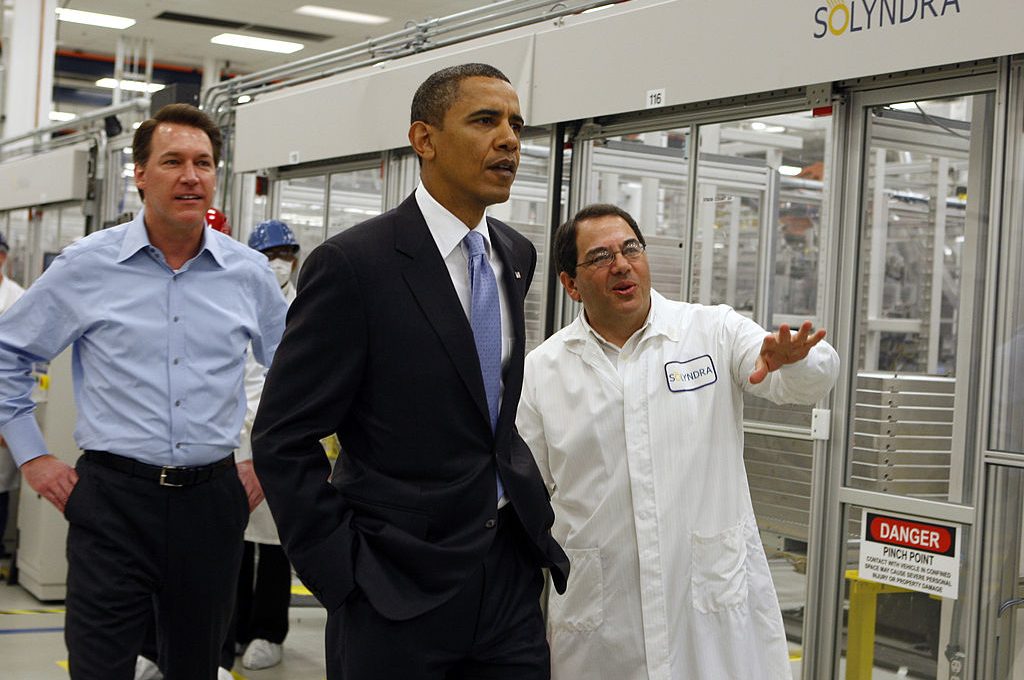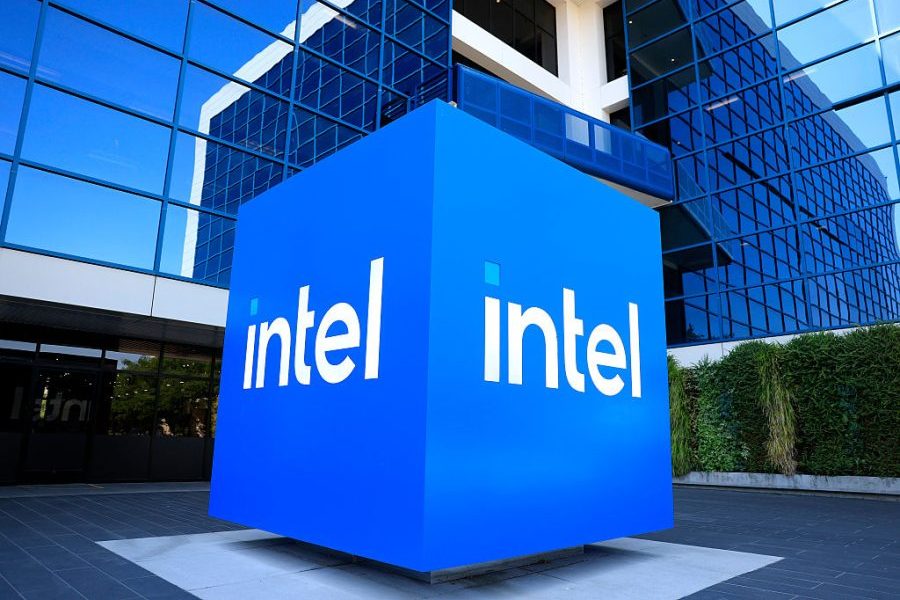Fifteen years ago, the federal government poured $535 million into a California-based solar module innovator, Solyndra. That’s a lot of money. In today’s money, it would be enough to cover the payrolls of the Red Sox and Dodgers combined. In 2009? It was enough for Solyndra to go bust in fewer than two years — making the company one of America’s biggest public funding debacles.
Solyndra’s failure remains both a political talking point and area of introspection — especially as the US increasingly wakes up to the stakes of today’s industrial competition with China. Solyndra post-mortems have tended to fixate on three main causes for the disaster: poor management at the company level, lax oversight from the Department of Energy and the inappropriate-ness, more generally, of the federal government “picking winners.”
All of those miss the point of the Solyndra case — let alone what it tells us more broadly about economic and technological competition now. Solyndra was a failure of the US government, capital markets and startup leaders correctly to understand global industrial competition with China: that in today’s industrial competition, innovation isn’t what wins. Control over value chains and markets is.
This inability to learn the right lessons from Solyndra has held America back. Over the past fifteen years, China has only consolidated its control of the solar sector — and other critical industries — while America has positioned itself to play and replay the Solyndra playbook, just with more money and across more sectors.
;768:[300×250,336×280,320×100];0:[300×250,320×100,320×50]”]If the US government, industrial leaders and capital markets don’t update their competitive frameworks, there will be an ever-replicating hydra of Solyndras on the horizon. They’ll crater US efforts in the same renewable energy fields as their namesake. But they also risk figuring across additional buzzy tech domains like AI and semiconductors.
So, what was the Solyndra mistake?
While visiting a Solyndra facility, President Obama called it “a testament to American ingenuity and dynamism and the fact that we continue to have the best universities in the world, the best technology in the world and most importantly the best workers in the world.”
Obama wasn’t wrong to assert that America maintains an innovative edge and enviable dynamism. He was wrong to assume that meant anything in today’s industrial competition. It doesn’t.
The dynamism of America’s innovative capacity is meaningless in today’s industrial competition with the Chinese Communist Party. Solyndra proved that in the solar sector. So did A123 in batteries and 3D Robotics in drones. Those stories are now more than a decade old. But their lessons have yet to be internalized by US political and industrial leaders, who risk replaying them in stunning, bi-partisan fashion.
;768:[300×250,336×280,320×100];0:[300×250,320×100,320×50]”]The US-China industrial competition is not an innovation race. Production is the metric that matters. The US can generate the world’s most advanced solar module manufacturer. But if that manufacturer depends on inputs from China and sales into the Chinese market, it will be at the mercy of the Chinese Communist Party. The CCP will use that leverage to undermine the US champion’s business model until such point that, like Solyndra, it shutters and is sold for parts. And, to make it worse, odds are those expensive, innovative, American parts will be sold to China, for pennies on the dollar.
But while this might be a production contest, the US cannot win by mimicking Beijing’s state-led, enterprise-driven model. Solyndra post-mortems have gotten some of that right: when Solyndra filed for bankruptcy in 2011, the company’s name became an immediate stand-in for government waste and the faulty logic of state-led industrial policy.
The US needs a policy that works for industry and activates the private sector — not one that puts the government in the driver’s seat. Government shouldn’t pick winners. Market forces should.
That is not to say that government has no role to play. Government needs to do its job: defend the US market and global markets according to clear and transparent rules — or, put otherwise, level the playing field, including with restrictions on and punitive actions against the PRC’s distortive economic policy. Those are the pro-market defenses necessary to correct for the CCP’s subsidization playbook and, ultimately, let the global trade system work without subversion.
Government investment and procurement need to better adjust to China’s tack with due diligence that accounts for not only direct connections to China but also dependence on Chinese inputs and markets. The Department of Energy’s own retrospective on the Solyndra case “found that the Department’s due diligence efforts were less than fully effective.” Those retroactive insights focused on scrutiny of Solyndra management and the company’s operational projections. But the real diligence needed was one that assessed the risk posed by China’s influence over Solyndra’s business.
And the US government needs to send a clear message to capital markets so that they can accurately assess risk and opportunity. That message should be that the recent uptick in US-China tensions is not going away. The Chinese market itself will eventually become un-investable for American capital. The gatekeepers of American capital should decrease their assessments of future value to be redeemed from China — and do so quickly. That rethink should impact risk factors assigned to global corporates with exposure to and dependence on the Chinese market. That will, in turn, also direct capital toward ex-China supply chains, technology and commercial players.
;768:[300×250,336×280,320×100];0:[300×250,320×100,320×50]”]It’s time to build. It’s also time to protect American markets, to activate American capital and properly to compete with China. Or to get ready for Solyndras ’til the sun goes down.


























Leave a Reply